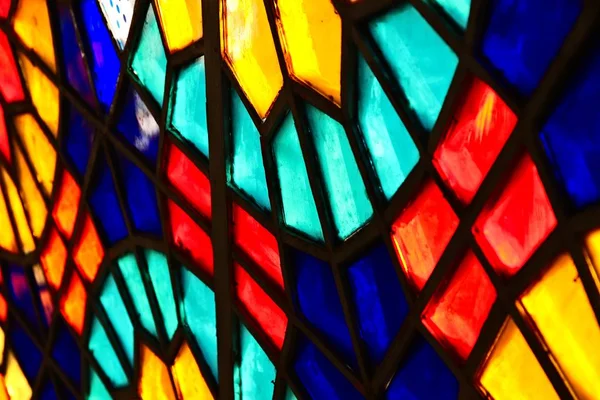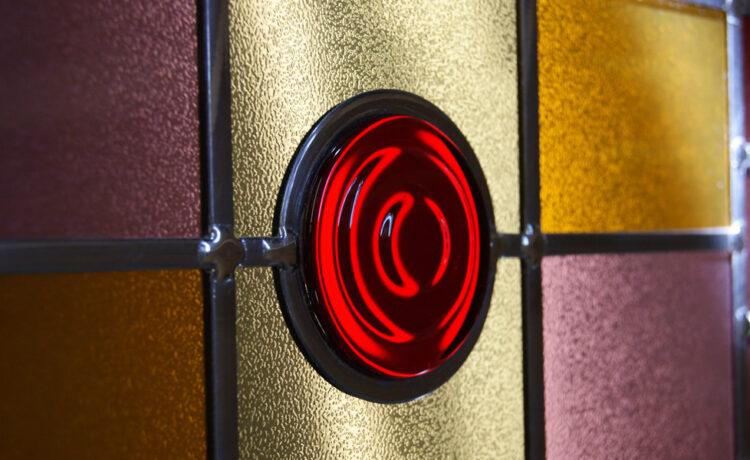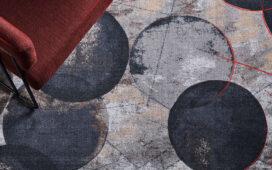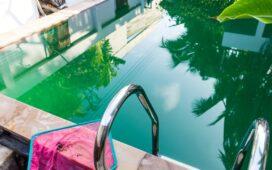Stained glass is an age-old art form that changes normal spaces into animated, healthy show-stoppers. The way to making amazing stained glass understanding the materials that make up each piece. Whether you are a new or an accomplished artist, knowing the system and kinds of stained glass materials can significantly impact your work.
1. Core Components of Stained Glass
The beauty of stained glass starts with basic materials that are transformed through heat and craftsmanship into colourful masterpieces.
- Silica Sand: The Foundation of Glass: Silica, a major part of sand, is the backbone of all glass. When heated to very high temperatures silica dissolves into a fluid form, creating the base of glass. Silica alone, in any case, is excessively weak for use in stained glass, so additional materials are expected to alter its properties.
- Soda Ash and Lime: Modifiers for Strength and Stability: To make the glass easier to work with, soda ash is added, which brings down the liquefying temperature of silica. In any case, this also makes the glass more water-dissolvable. To stabilize the glass, lime is presented, giving durability and resistance to dampness—essential qualities for stained glass that require it to last for decades or even hundreds of years.
2. Adding Color: The Magic of Metallic Oxides
The vibrant colors in stained glass are achieved through the addition of metallic oxides during the glassmaking system. Each metal creates a particular color, carrying life and vibrancy to the glass.
Normal Metallic Oxides and Their Colors,
- Cobalt oxide: Produces shades of blue.
- Copper Oxide: Yields green and red tones.
- Iron Oxide: Creates green, amber, or earthy colored colors.
- Gold chloride: utilized for rich, profound reds.
The amount and sort of oxide, along with the temperature at which the glass is terminated, can alter the shade and power of the color, enabling artists to create a wide range of vibrant tints.

3. Textures and Opacity: Beyond Clear Glass
Stained glass isn’t just about color; textures and opacities also play a crucial job in its appearance.
- Opalescent glass contains additives like fluorine or phosphorus, creating a smooth, sparkling appearance that diffuses light. This kind of glass is popular for its soft, ethereal look.
- Finished glass is made by squeezing liquid glass between patterned rollers, adding profundity and dimensionality to the glass surface. This strategy is often utilized for decorative windows where privacy is also wanted.
Understanding the materials utilized in stained glass materials —silica sand, modifiers like soda ash and lime, and the metallic oxides for color—allows artists to grasp the technical aspects behind this beautiful craft completely. By mastering the basics, you can investigate unending creative conceivable outcomes, transforming straightforward materials into breathtaking stained glass art that captures light and imagination.







